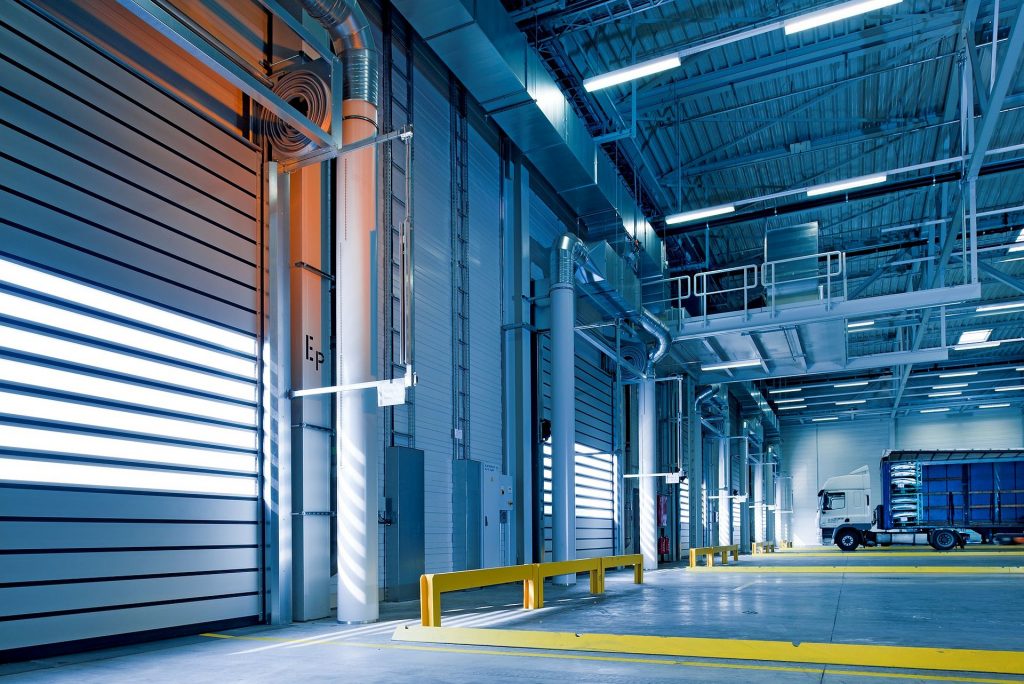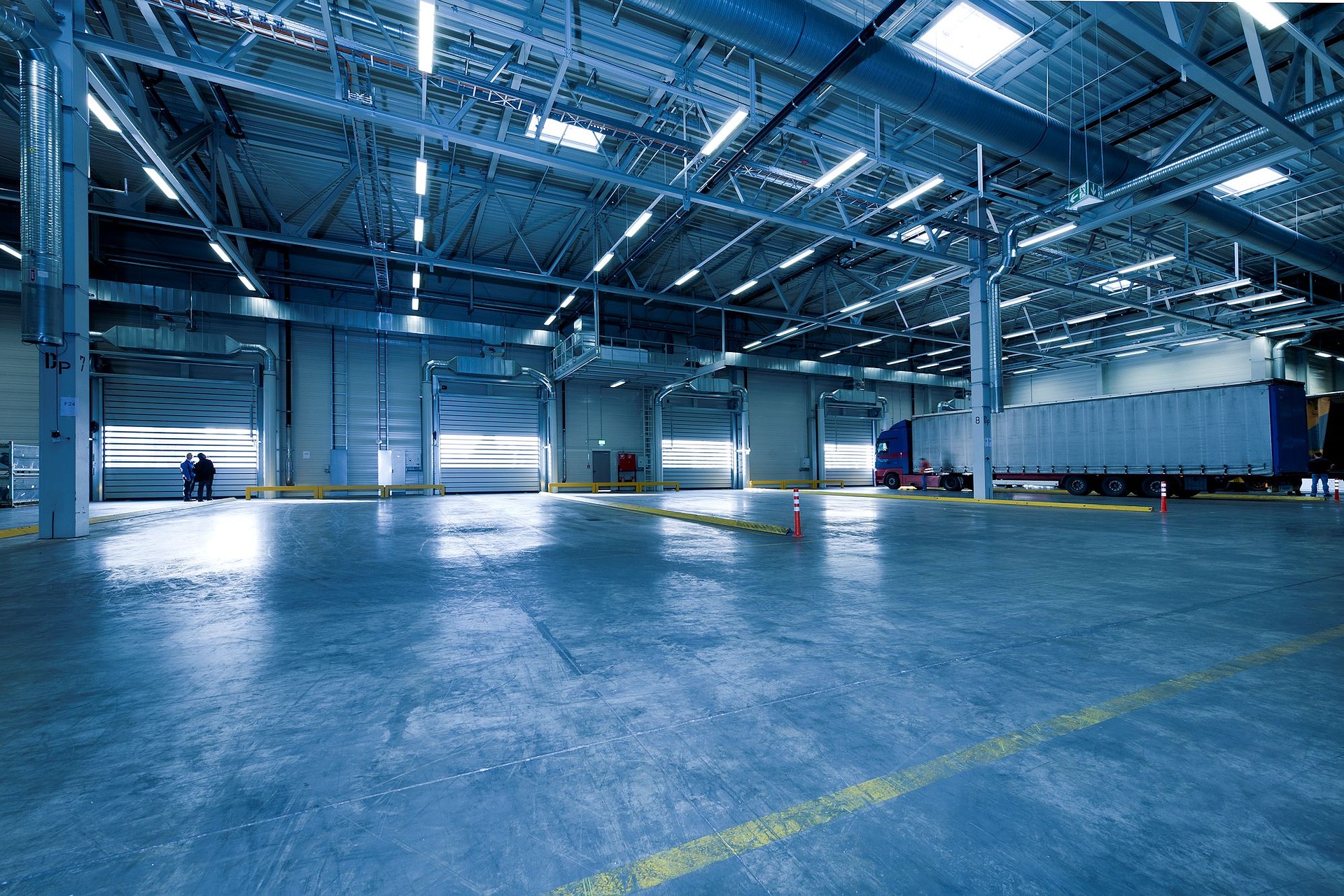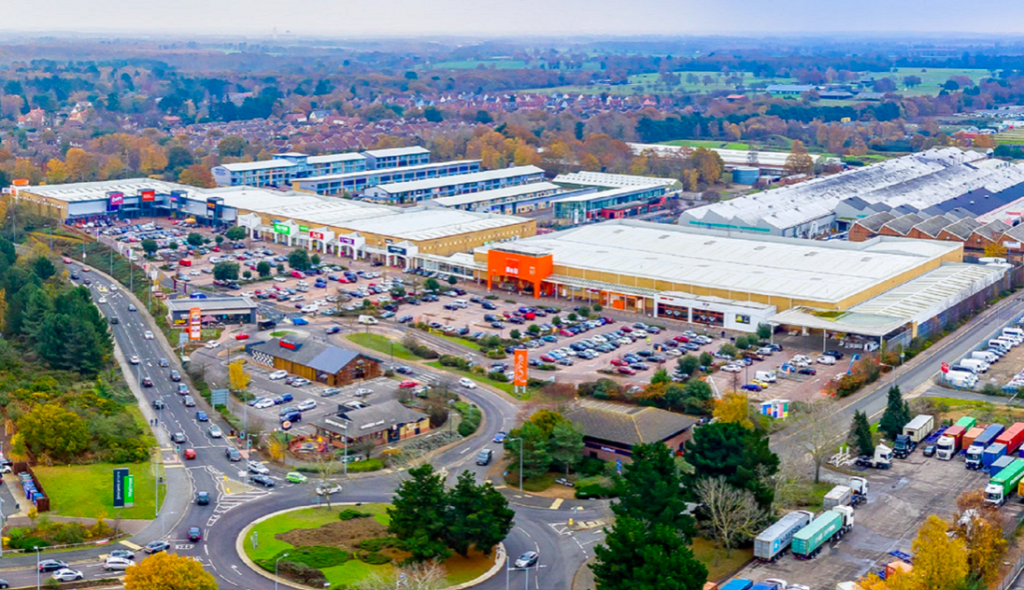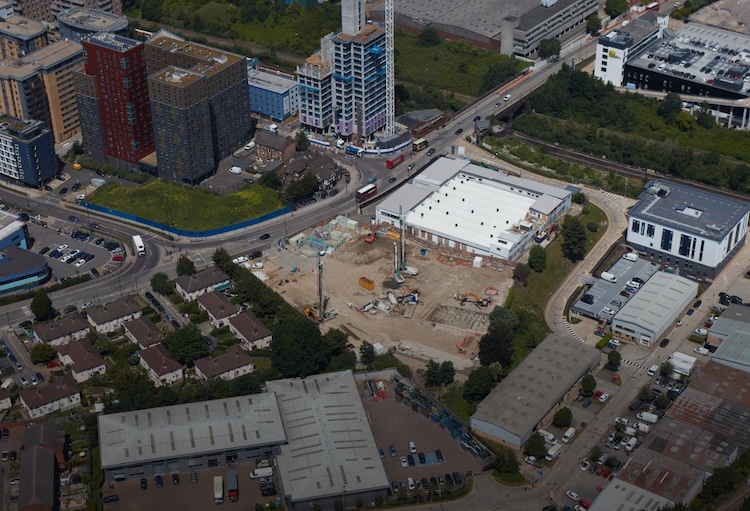Commercial real estate investing is always an exciting prospect, and if you play your cards right, a very profitable one. It is an excellent opportunity for investors to achieve a competitive return on investment.

Commercial real estate is also a perfect addition to any investor’s portfolio and a fantastic way to diversify. Of course, there are no guarantees that every investment will be a tremendous success. That’s why you need a lot of research and consideration before you actually make a move. However, things are not as difficult and complicated as people often believe. There are, admittedly, many opportunities for mistakes. But there are also numerous myths.
This article will go over the most common myths and mistakes of commercial real estate investment. Whether you are looking for commercial real estate hotspots in Europe or anywhere else on the planet, the principles are the same.
The myths of commercial real estate investing
Below are some of the most common myths surrounding commercial real estate investment debunked. It is critical not to believe everything you hear because it can prevent you from making profitable decisions.
Myth #1: You must have deep pockets (very deep)
The biggest and the most common of all myths is that you need to have a huge pile of money to acquire a commercial property. Sure, many commercial properties do demand considerable capital. But others don’t. Moreover, you are likely to have an easier time getting a loan for a commercial property than a residential one. The reason is very simple – lenders prefer commercial properties because they generate more profit and provide a more stable and regular income.
Myth #2: There is too much risk involved
There is no business venture that doesn’t involve some risk. So, naturally, commercial real estate investing is no exception. However, you have to ask yourself: does the risk outweigh potential gains? The amount you pay for a property is not proportional to the amount of risk. At least it’s not when you know what you are doing. But even if you don’t, there is a solution – seek help from professionals and financial advisors, consult investors with more experience, and hire legal representation.
Of course, there is no denying that some investments are riskier than others. For example, triple-net leases are lower risk than office properties. However, office properties promise more profit. There is also the issue of the pandemic and how it has affected real estate trends. In general, the higher the risk, the higher the profits. The key is finding that perfect spot somewhere in between.
Myth #3: Good deals are scarce
What exactly is a good deal? It may have a different meaning to different investors. But even if we disregard that, there are always good deals to be found on the real estate market. You need to understand what you want to invest in and what kind of commercial property you wish to acquire. Once you have that covered, looking for a suitable property will be easier.
The mistakes of commercial real estate investing
Myths might prevent people from investing in the first place, but there are always those who venture into this field of investment. Those who gather the courage to make an investment must beware of some common mistakes. If you know what they are, you can easily avoid them.

Mistake #1: Choosing the wrong property
The four main groups of commercial real estate properties are:
- Office
- Industrial
- Retail
- Multifamily
Besides these, there are also these options:
- Raw land
- Mixed-use properties
- Special-use properties
- Storage units
- RV parks
Each type is unique in terms of use and in terms of risks and benefits. You must understand each property type to be a successful investor. While there are no right and wrong options in general, there are right and wrong options for you in particular. If you choose a property that doesn’t suit your plans, wishes, and expectation, you may end up with a low-yield property that is also poorly managed.
Talk to a real estate broker, financial advisors, and more experienced investors to get an idea of what the best option for you would be.
Mistake #2: Not running the numbers correctly

Run your numbers carefully before you take the plunge and invest in a property of any kind.
You can underestimate expenses or overestimate returns. Either way, it can end pretty badly. When you set out to buy a piece of commercial property, the seller will disclose its:
- Rental income
- Current occupancy rates
- Costs
- Any other important information
Consider this very carefully. You mustn’t overlook any critical bit because you may get in trouble. Looking at the numbers is a fundamental part of real estate investing, and you have to take everything into account. That includes:
- Utility costs
- Property management expenses
- Repairs and renovations
- Unexpected costs
Mistake #3: Not researching the local market
Before you invest in a piece of commercial property, you need to research the market in the area. If you are interested in investing in the Nordics, you need to see if it’s a viable option for you, for example. Ask the following questions:
- What is the price per square foot?
- Is the price per square foot expected to rise or drop?
- What are the cap rates?
- What are the occupancy rates?
You need to consider the history of the local market to predict how the situation will develop and whether the property you are considering is a good deal.
Researching the market is all the more crucial if you are purchasing a property from a different country. Any rash decisions can cost you a lot. Also, are you planning to move to the country where you want to invest? In that case, a wrong decision can complicate things further and make your life significantly more difficult. So, before you start packing your entire life and looking for international shipping services to get everything safely to the new address in a completely different country, make sure you know what you are doing.
Conclusion
Commercial real estate investing is not easy, but it’s far from impossible. There are obstacles to overcome, but you can make a profitable investment with proper preparation, due diligence, and advice from seasoned professionals. Even the largest of projects become realistic and manageable with careful planning. And planning begins with research and knowledge.



